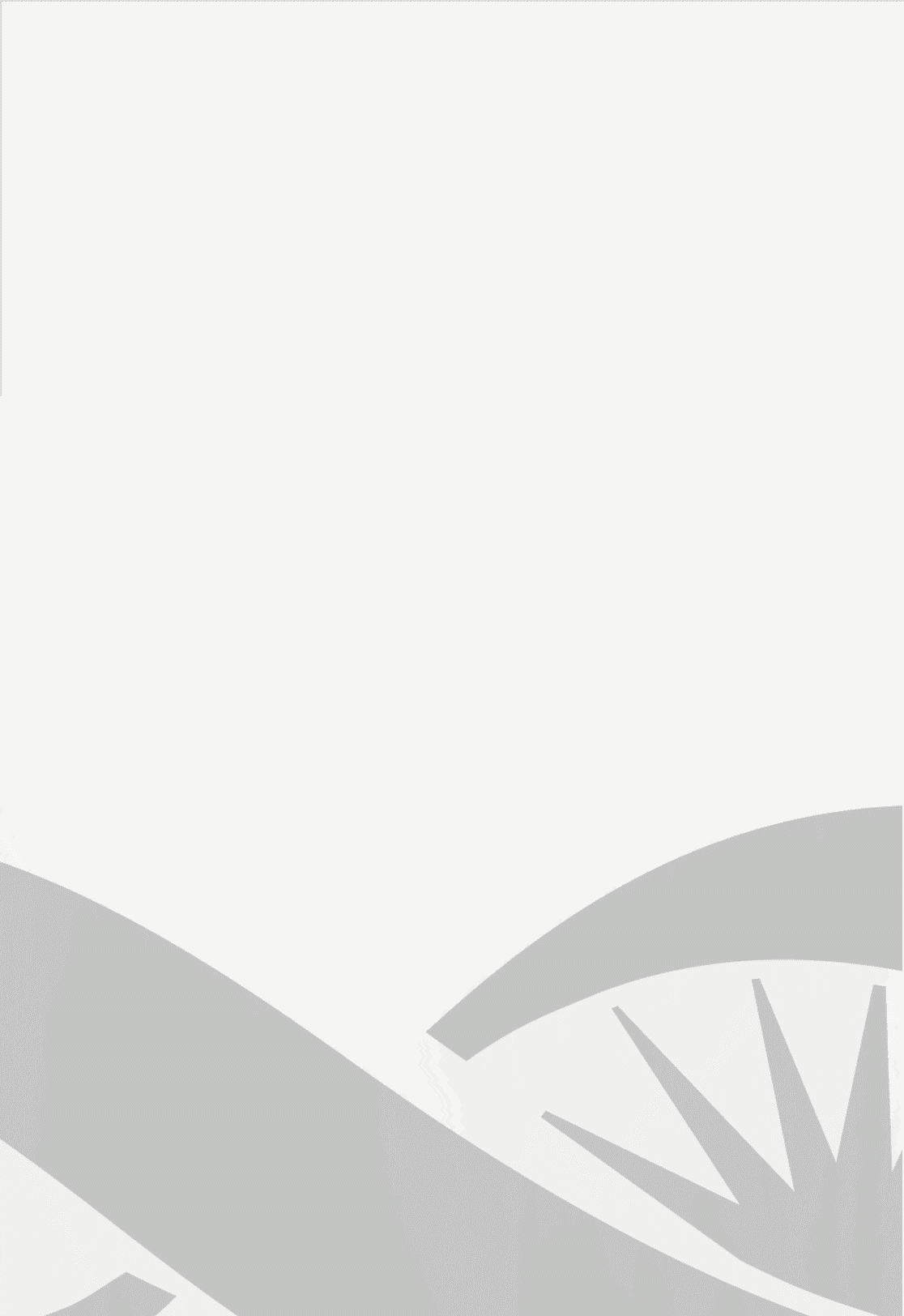Mostrar el registro sencillo del ítem
dc.contributor.author
Angeletti, Bárbara

dc.contributor.author
Anderson, Freda Elizabeth

dc.contributor.author
Loydi, Alejandro

dc.date.available
2024-09-10T13:12:04Z
dc.date.issued
2024-07-22
dc.identifier.citation
Angeletti, Bárbara; Anderson, Freda Elizabeth; Loydi, Alejandro; Fungi associated with seeds of the invasive grass Nassella trichotoma (serrated tussock) in its native range as prospective biological control agents; Csiro Publishing; Australian Journal of Botany; 72; 5; 22-7-2024; 1-12
dc.identifier.issn
0067-1924
dc.identifier.uri
http://hdl.handle.net/11336/243954
dc.description.abstract
The South American grass Nassella trichotoma (serrated tussock) is widely distributed in central Argentina and one of the most damaging invasive species in Australia, New Zealand, and South Africa. In Australia, it is a weed of national significance. Our aim was to characterise the fungi able to colonise N. trichotoma seeds buried at a site in south-western Buenos Aires province, Argentina, and measure their impact on seed survival and germination. We tested the germination of healthy seeds at the beginning of the experiment (control). We buried 10 mesh bags containing 100 disinfected N. trichotoma seeds each, during 3 months in spring and autumn. At the end of each experiment, the contents of five of the bags were counted and classified as germinated, healthy, damaged, or disintegrated. Germination tests were then conducted with seeds of the latter three categories. The remaining seeds were used for recording fungal signs/symptoms, and the isolation of fungi. We identified and described a diverse group of fungi associated with the seeds and a seasonal variation in the specific composition. Seeds showing fungal signs and/or symptoms germinated less than the control. This is the first study on fungi associated with seeds of this species in the native range, which can affect their survival and longevity. It is expected that studies on the seed microbiome may help us understand the differences in behaviour of the plant between ranges, and test the enemy-release hypothesis.
dc.format
application/pdf
dc.language.iso
eng
dc.publisher
Csiro Publishing

dc.rights
info:eu-repo/semantics/restrictedAccess
dc.rights.uri
https://creativecommons.org/licenses/by-nc-sa/2.5/ar/
dc.subject
Invasive plant
dc.subject
Pathogens
dc.subject
Saprophytes
dc.subject
Seedbank
dc.subject
Soil-born fungi
dc.subject
Soil fungi
dc.subject
Weed
dc.subject.classification
Ecología

dc.subject.classification
Ciencias Biológicas

dc.subject.classification
CIENCIAS NATURALES Y EXACTAS

dc.subject.classification
Ganadería

dc.subject.classification
Producción Animal y Lechería

dc.subject.classification
CIENCIAS AGRÍCOLAS

dc.title
Fungi associated with seeds of the invasive grass Nassella trichotoma (serrated tussock) in its native range as prospective biological control agents
dc.type
info:eu-repo/semantics/article
dc.type
info:ar-repo/semantics/artículo
dc.type
info:eu-repo/semantics/publishedVersion
dc.date.updated
2024-09-09T13:37:50Z
dc.journal.volume
72
dc.journal.number
5
dc.journal.pagination
1-12
dc.journal.pais
Australia

dc.journal.ciudad
Collingwood
dc.description.fil
Fil: Angeletti, Bárbara. Consejo Nacional de Investigaciones Científicas y Técnicas. Centro Científico Tecnológico Conicet - Bahía Blanca. Centro de Recursos Naturales Renovables de la Zona Semiárida. Universidad Nacional del Sur. Centro de Recursos Naturales Renovables de la Zona Semiárida; Argentina
dc.description.fil
Fil: Anderson, Freda Elizabeth. Consejo Nacional de Investigaciones Científicas y Técnicas. Centro Científico Tecnológico Conicet - Bahía Blanca. Centro de Recursos Naturales Renovables de la Zona Semiárida. Universidad Nacional del Sur. Centro de Recursos Naturales Renovables de la Zona Semiárida; Argentina
dc.description.fil
Fil: Loydi, Alejandro. Consejo Nacional de Investigaciones Científicas y Técnicas. Centro Científico Tecnológico Conicet - Bahía Blanca. Centro de Recursos Naturales Renovables de la Zona Semiárida. Universidad Nacional del Sur. Centro de Recursos Naturales Renovables de la Zona Semiárida; Argentina. Universidad Nacional del Sur. Departamento de Biología, Bioquímica y Farmacia; Argentina
dc.journal.title
Australian Journal of Botany

dc.relation.alternativeid
info:eu-repo/semantics/altIdentifier/url/https://www.publish.csiro.au/BT/BT24006
dc.relation.alternativeid
info:eu-repo/semantics/altIdentifier/doi/http://dx.doi.org/10.1071/BT24006
Archivos asociados
